What is the tolerance range of precision screws?
What is the tolerance range of precision screws?
Service Hotline
+86760-8787 8587We have more than ten years of experience in the production of screw industry, the main products are: iron with tooth flange nuts, internal stop gaskets, stainless steel handle screws, black high-strength bolts, hexagonal plug bolts, claw ingot nuts, Blue car nuts, round cup washers, carbon steel hexagonal thin nuts, custom screws, connecting screws, ultra-thin washers, screw screws, nut set complete nuts, cylindrical machine screw cup head screws and other fasteners, due to product material and specifications Each is different and the price is also different, please contact us if you need it.


Common fastening screws include self-tapping screws, fine-pitch drywall screws, traditional wood screws, and fiberboard screws. The following are the characteristics of commonly used screws, everyone should choose them reasonably. Self-tapping screws The correct application of self-tapping screws should be used for the fastening and connection of metal materials with pre-drilled holes. It has the function of automatically tapping out the internal thread on the metal body, and can complete the thread engagement with it to play a tightening role. However, due to its high thread bottom diameter, when it is used in wood products, the cut into the wood will be shallower; and because the thread pitch is small, there is less wood structure between every two threads. Therefore, it is unreliable and unsafe to use self-tapping screws for wood mountings, especially loose wood. Drywall Screws The proper use of fine-pitch drywall screws is for fastening and joining between metal studs and plasterboard. It suffers from similar drawbacks as self-tapping screws when used on wood mountings. Moreover, due to the large diameter of the head of the dry-wall screw, the embedding of the head is poor, and it is easy to cause unevenness between the head of the screw and the surface of the mounting part after installation. Traditional wood screws Before using traditional wood screws, pre-drilling holes are required on the wooden mounting parts, otherwise it is easy to cause wood cracking. In addition, since the traditional wood screws are not heat-treated, the use of electric tools can easily cause the groove shape to be damaged, and manual installation is very laborious. Fiberboard screws are relatively new types of wood screws, suitable for power tool installation. However, due to its relatively simple thread design, it still cannot effectively solve the stubborn problem of easy cracking when used on hardwood, and it does not have any advantages in screwing speed and screwing torque. [2]
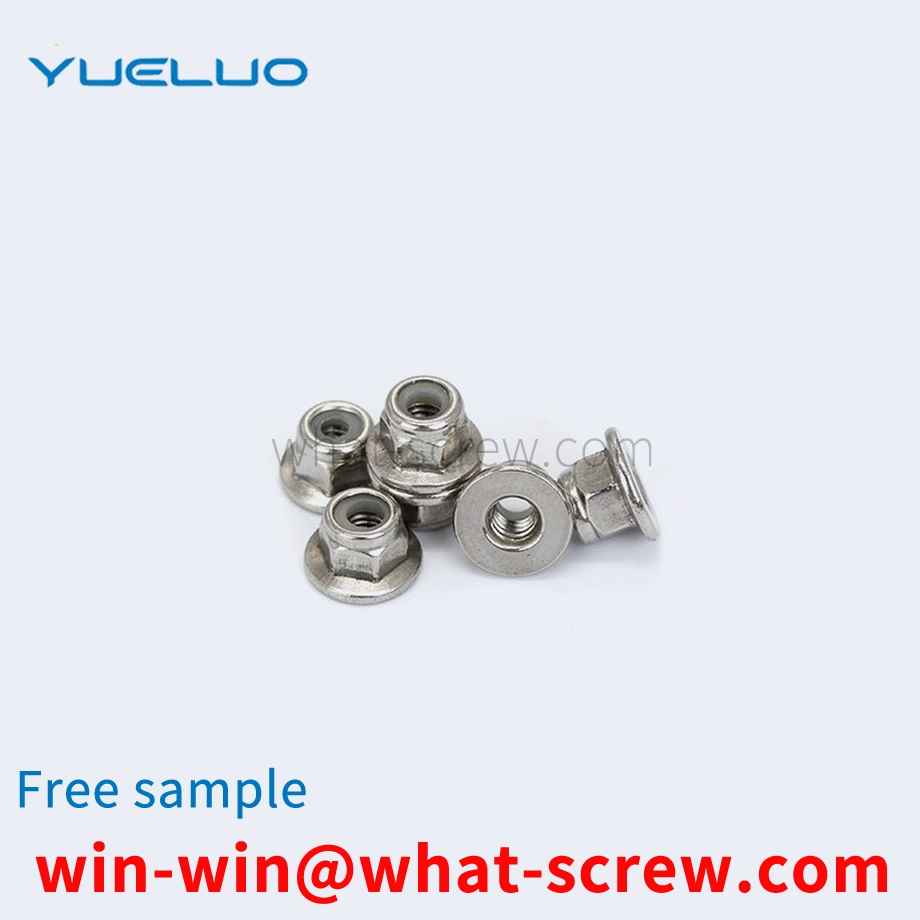
Blind hole installation type rivet is a kind of rivet for single-sided riveting. When riveting, special riveting tools, such as pull riveting, rotary riveting, etc., are required. Blind hole installation type rivets are especially suitable for riveting occasions where it is inconvenient to use ordinary rivets to be riveted from both sides. At present, blind hole type blind rivets mainly include rivet blind rivets and blind blind rivets. Most blind rivets of blind hole type contain a lock ring, through which the core rod is locked into the nail sleeve, and there is a common lock ring. Risks of falling off, insufficient clamping force, etc., and the matching relationship of each sub-part in the processing process must be strictly coordinated to ensure the best installation effect; most of the screw-type blind rivets screw the thread through the driving nut to make the nail body or pipe The body is deformed to form a bulge, and the clamping force and anti-vibration ability after installation are much stronger than that of the rivet type, but there are also many sub-parts to drive the nut, mandrel, nail body, tube body, the processing process and the matching of each sub-part When the thickness of the interlayer is different, the fractured part of the core rod is not flush with the interlayer board. For the installation parts with high flatness requirements, air tools are often required to mill them flat.
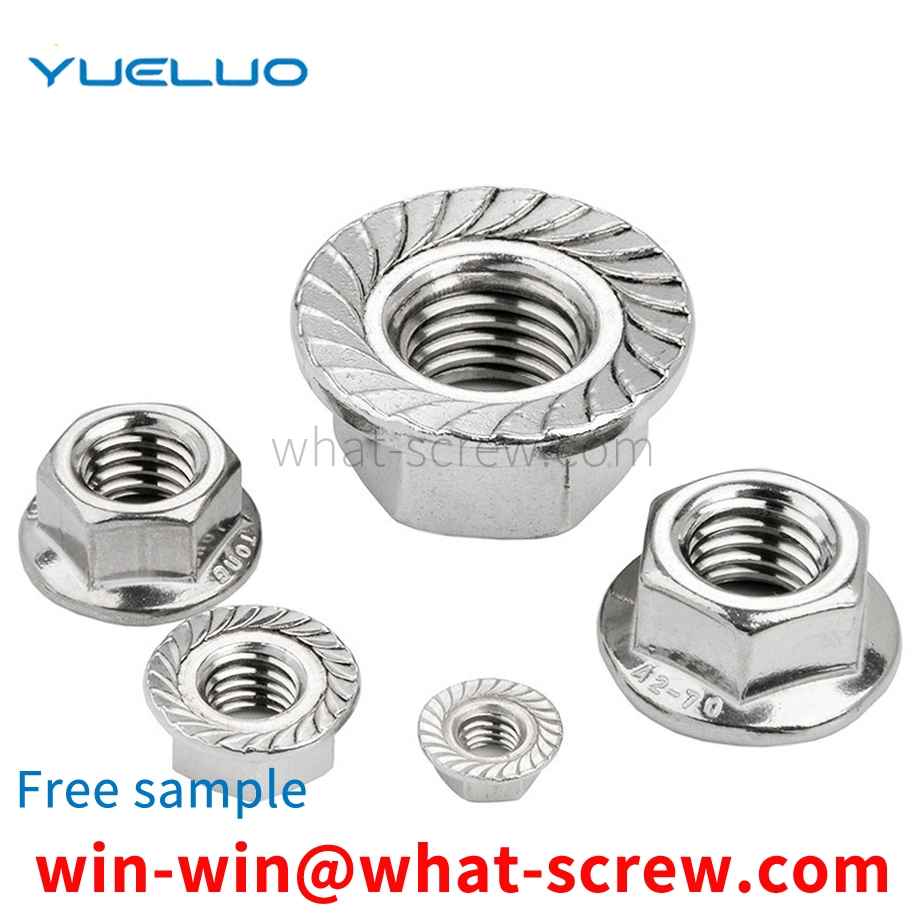
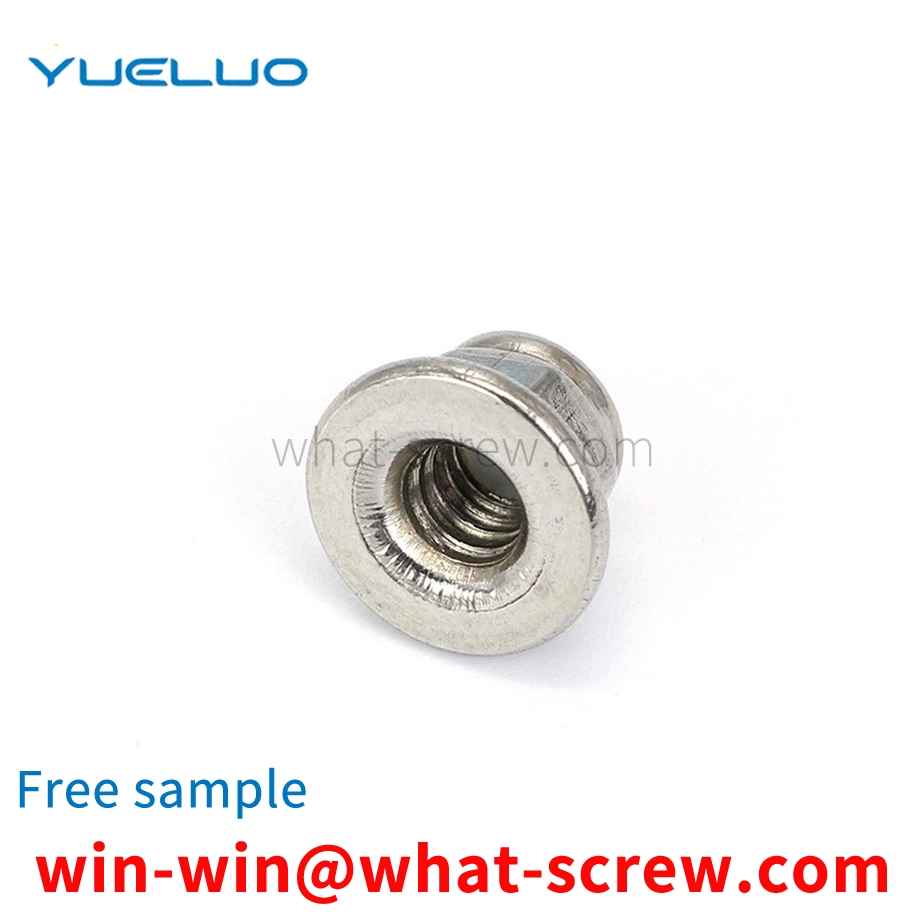
Earless retaining ring (known as Constant Section Rings abroad) is also called constant section retaining ring, because the cross section is equal, and there is no ear part protruding from the traditional stamping retaining ring, so it is called earless retaining ring. Earless retaining ring and spiral retaining ring have similarities in production, processing and use characteristics. They are both flattened and wound by steel wire. After heat treatment and surface treatment, they have good elasticity and toughness. Earless retaining ring is divided into two types: shaft use and hole use, and there are various forms of tail ends to choose from. The application of earless retaining ring is the same as that of traditional C-type retaining ring, which is widely used in hydraulic parts assembly, valves, instruments, various lock core components, needle roller bearings, pulleys, connectors, quick connectors and other mechanical assemblies.
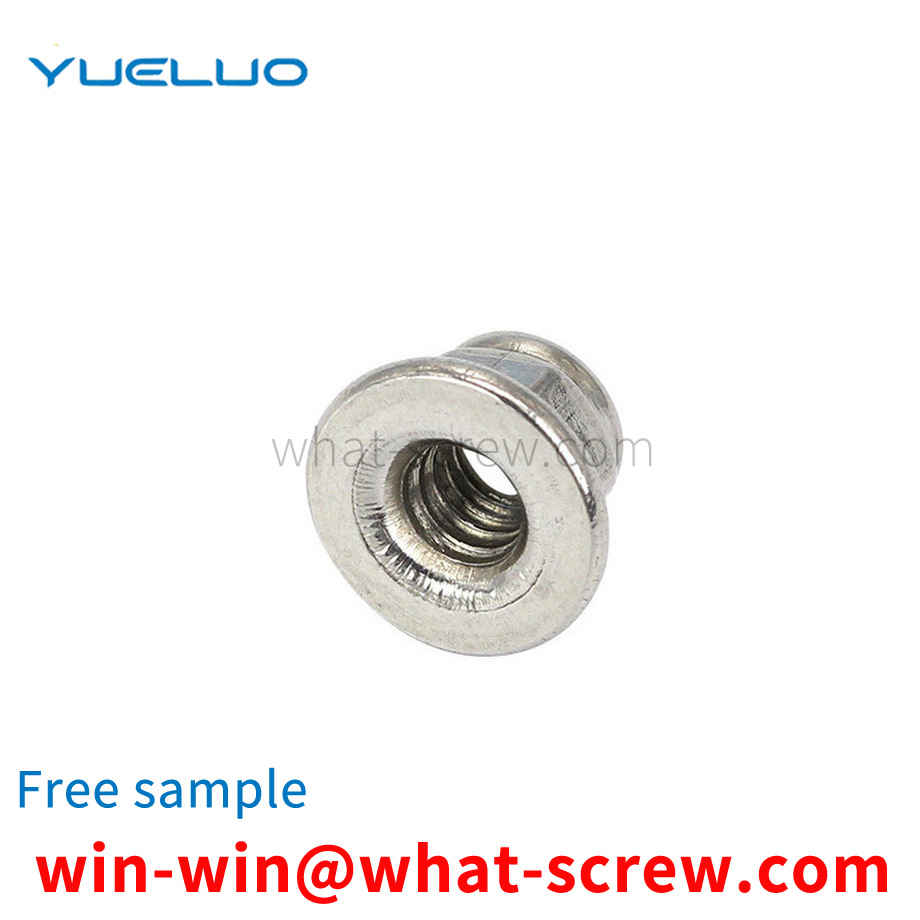
The screw is a fairly common structure in the technical field of machine parts assembly, and it mainly uses the mutual engagement characteristics of male and female threads to achieve the purpose of pressing the workpiece. At present, there are many kinds of screws on the market, and their functions are also very different. However, a stud and a rotating part by which the stud is rotated are the same basic structure.
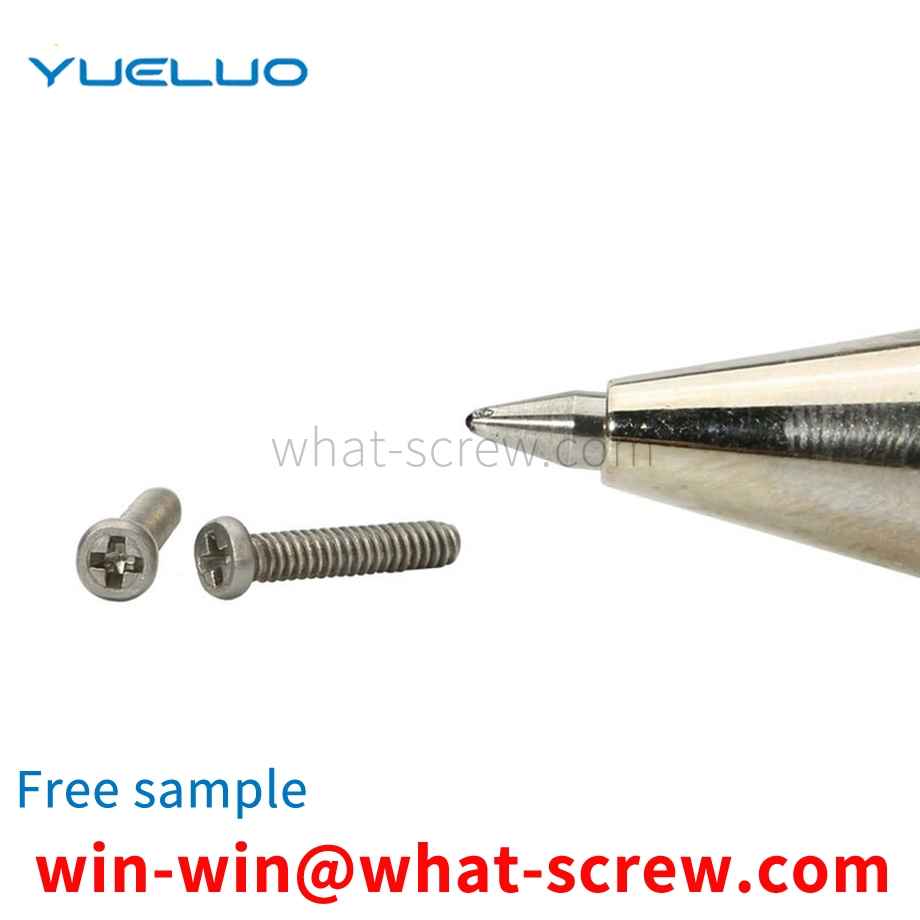
The above content is uploaded by Yueluo or the Internet. If there is any copyright issue, please contact [email protected].

What is the tolerance range of precision screws?

How to choose the right stainless steel screw manufacturer?

Why is there an R angle under the head of the hexagon head s...

We have more than ten years of production experience in the ...

We have more than ten years of experience in the production ...

We have more than ten years of experience in the production ...

We have more than ten years of experience in screw industry ...